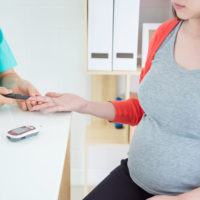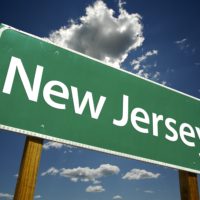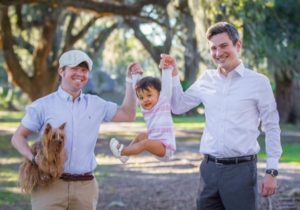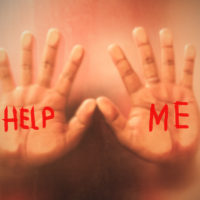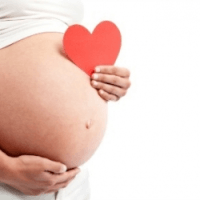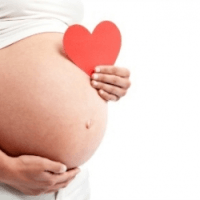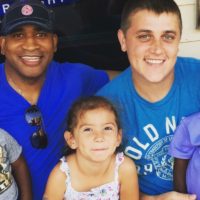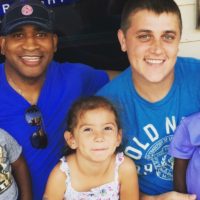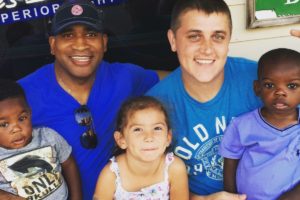The blood test is far from ready for use, but research is promising. If it works in bigger studies, it could help prevent deaths of babies born prematurely.
Scientists have developed an inexpensive blood test to predict a pregnant woman’s due date and possibly identify women who are at risk of giving birth prematurely.
The research, which is still preliminary and involved small numbers of women, was led by a prominent pioneer in the field of genetic blood testing, Stephen Quake at Stanford University, who said the test could eventually provide a low-cost method of gauging the gestational age of a developing fetus.
The test, which detects changes in RNA circulating in a pregnant woman’s blood, estimated due dates within two weeks in nearly half the cases, making it as accurate as the current, more expensive method, ultrasound, and more accurate than guesses based on a woman’s last menstrual period.
Using a similar analysis of RNA in blood from eight women who delivered prematurely, the researchers were able to correctly classify six of their pregnancies as preterm. If much larger studies achieve comparable results, the test could become a tool to help prevent unnecessary induction of labor or Cesarean deliveries, and could possibly help save babies would have died because they were born too early.
Premature birth is the leading cause of newborn death in the United States. And 15 million babies a year are born prematurely around the world.
“I think it’s really a very exciting study that suggests an approach that may have a lot of potential for predicting preterm delivery,” said Dr. Louis Muglia, director of the Center for Prevention of Preterm Birth at Cincinnati Children’s Hospital Medical Center at the University of Cincinnati. “It can certainly help you understand where the baby is in maturity,” he said, which could aid doctors in gauging when to deliver babies of women who go into unexpected early labor.
In the study, published Thursday in the journal Science, the team, which was co-led by Dr. Mads Melbye, who runs the Statens Serum Institute in Denmark, analyzed the blood of 31 Danish women taken every week throughout their pregnancies, which were all full-term. The researchers studied genes linked to the placenta, the maternal immune system and the fetal liver, and found nine of those genes produce RNA signals that change distinctly as pregnancy progresses.
“RNA is what’s happening in the cells at any given moment,” said Dr. Quake, who is also co-president of the Chan Zuckerberg Biohub, which funded the study, along with the Bill and Melinda Gates Foundation and others. “We had this idea that we could make a molecular clock to see how these things change over time and it should allow you to measure gestational age and see where things are in pregnancy.”
by Pam Belluck, New York Times, June 7, 2018
Click here to read the entire article.
The post Blood Test Might Predict Pregnancy Due Date and Preterm Birth appeared first on Time For Families.
Source: Time for Families
